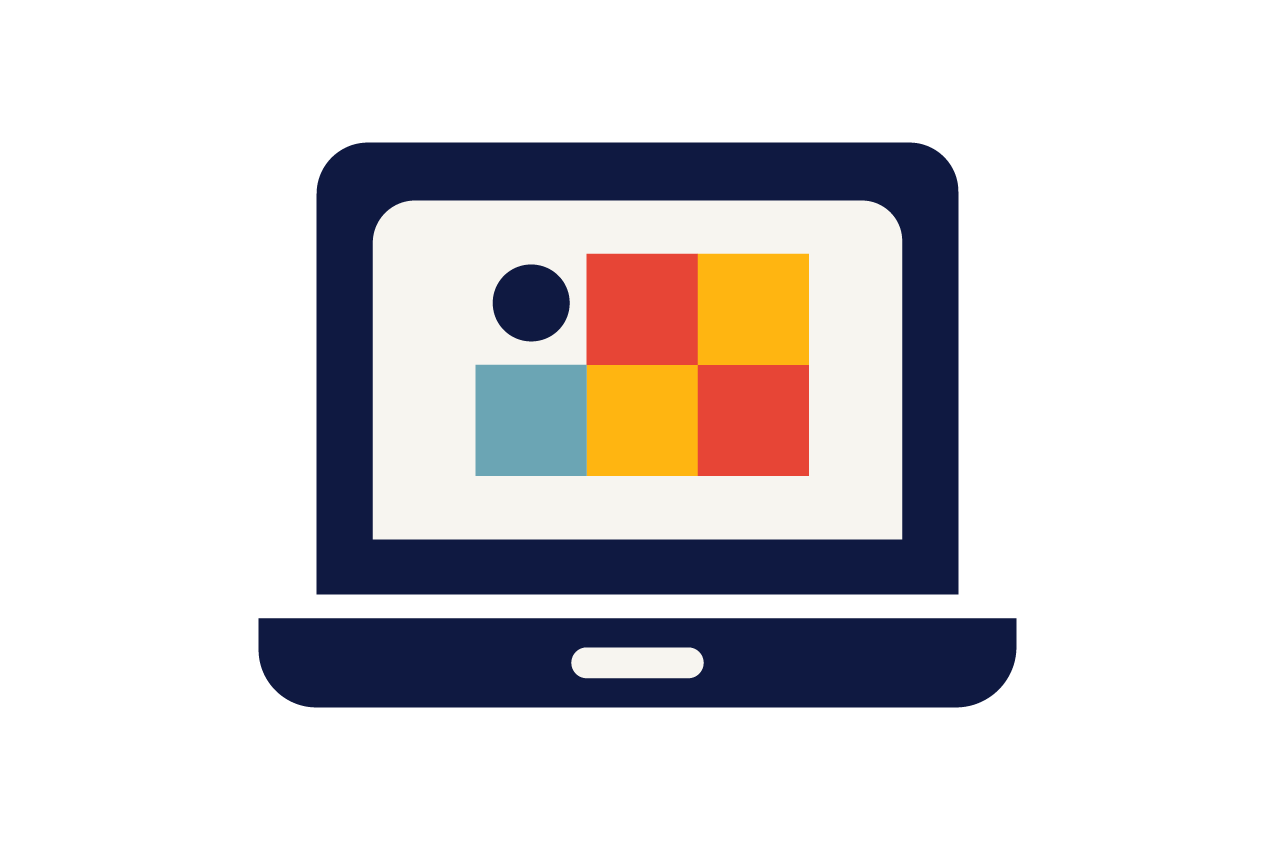Despite the current situation brought on by the outbreak of coronavirus (COVID-19), where large proportions of our workforce are working from home, it is likely that many organisations may still need to continue recruiting for live roles - whether these roles are to keep the organisation running during the crisis, or to prepare for the future.
This presents a challenge to established hiring practices: you will no longer be able to meet candidates face-to-face to interview them, or to carry out skills tests. If you find yourself needing to hire and conduct interviews whilst working remotely, you can use video interviews to do so. This article will focus on conducting real-time ‘face-to-face’ interviews.
For a quick breakdown, view our PDF here.
Top tips for conducting video interviews:
- Choose how to conduct your interview
- Test your tech
- Prepare questions in advance
- Take notes throughout
- Make time to review
What is a video interview?
Even before the breakout of the virus, some companies had already started using video interviewing as part of the interview process, to pre-screen candidates before inviting them for an in-person interview, or to recruit candidates from abroad. These can be conducted either as a live ‘face-to-face’ interview (via Skype, Zoom, Hangouts or similar), or by an asynchronous interview where a candidate is video-recorded online, answering a set series of recruiter or client provided questions. This video will then be provided to you to review.
At Randstad, we already use video interviewing to support our clients in the recruitment process. For example, we have provided a diverse range of international and UK based candidate asynchronous interviews to clients for review. Some of these were part of our commercial partnership with the Department for Education, where we are supporting the recruitment of language teachers from abroad. We used this technology to support placing 75 MFL teachers in English schools in the academic year 2019/20.
The benefits of video interviewing:
- You can view, as many times as you wish, each candidate’s answer to the same question to gauge responses more accurately, rather than rely on memory and overall impressions of each candidate
- It is easier to compare candidates like-for-like
- Candidates may feel more confident and comfortable interviewing from their own home, so may give a better first impression
- Interviews can be conducted more efficiently - not needing to allow time for travel, meet and greet etc
How to conduct a successful video interview.
If you choose to conduct a live ‘face-to-face’ video interview, here are some tips on ensuring that you both conduct a successful interview and find the right candidate for the role.
Choose how to conduct your interview.
Once you have decided that you want to interview your candidate in real-time rather than by an asynchronous interview, you need to pick the right technology platform. There are a number of options available, such as:
- Skype
- BlueJeans
- FaceTime
- GoToMeeting
- Google Meet
- Zoom
- Microsoft Teams
Some of these platforms also allow for conference interviews, so if required multiple interviewers can speak to a candidate at one time. You will need to consider that not all candidates will have access to certain tools, so make sure they are aware of all details beforehand and have the right software to hand, and be prepared to be flexible if needed.
It is also worth considering that you may want to record the interview so that you can watch it back afterwards, so make sure that your chosen platform allows for this. You will also need to gain the candidate’s consent for this beforehand.
Test your tech.
No one wants to be that person who is late to a meeting because they couldn’t get their laptop to work, or accidentally transforms themselves into a potato for the duration of the call! Just as you would expect from your interviewee, do your best to counteract any tech difficulties by doing a test run of the software and ensuring that all laptops or phones are charged.
It is also a good idea to take steps to avoid being disturbed throughout the interview, particularly if you are working from home with family or friends. This will ensure that you avoid a Professor Robert Kelly on the BBC situation where his children decided to join in the interview!
Prepare questions in advance.
It sounds basic, but there is no reason why any other element of your interview should change. The style and format can remain the same, which means a set of pre-prepared questions just as you would ask in a face-to-face interview. These will likely be a mixture of technical and behavioural, dependent on the role, but ensure you have read these through beforehand and have them to hand throughout.
Our employer brand research suggests that 96% people make decisions on where they want to work based on an organisation’s culture. With this in mind, if you can, try and get your company culture across in the interview.
This can be challenging without an office background and colleagues to introduce – but you can still try to convey it over video. For example, if you’re looking to reflect your organisation’s corporate environment, consider wearing more formal clothes. Conversely, if you have a more casual workplace, reflect this in your attire. You can also set aside some time to explain to the candidate in more detail the kind of values you stand for, the qualities you look for in prospective employees and what day-to-day life looks like in the office. Make sure you ask them if they have any questions about this too.
Take notes throughout.
Even if you are recording the interview, making notes throughout the interview can make the candidate feel as if they are being listened to, whilst making the interview reflect an in-person interview as much as possible. It is also good for you to make a note of your initial gut reaction to the candidate. Make sure that you don’t let this diminish your engagement with the candidate though.
You can make notes on the candidate’s responses, or use an interview scorecard to assess how well they are answering. It is important to also take notice throughout on how the candidate is communicating to you – are they speaking in a professional manner or are they more informal? Look at their body language, level of engagement and consider the environment in which they have chosen to be interviewed.
Make time to review.
After the interview, take some time to review any notes you made, along with any recordings, and whether there is any information you need to clarify further. If you are interviewing multiple candidates for the same role, it may also help you to compare notes across these candidates.
For more information, video interviewing advice or to discuss your recruitment needs, please contact us.









